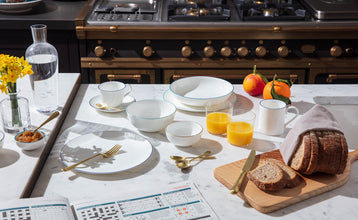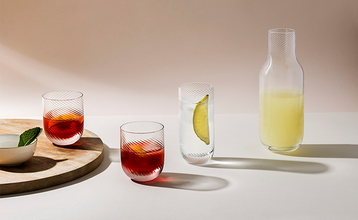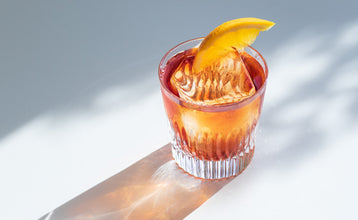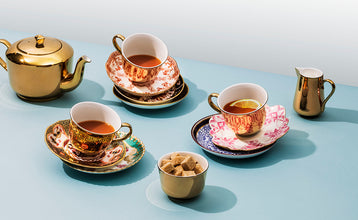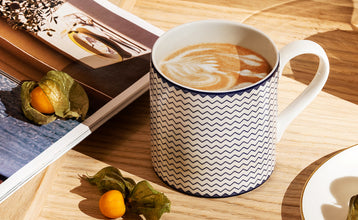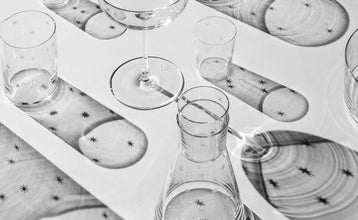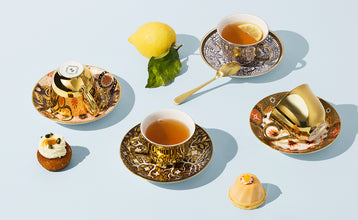
21/09/19
Introducing Dip Creamware Collection
Where did you initially find inspiration for the collection?
I always start my brainstorming process in the same way; by taking a trip to the V&A Museum in South Kensington. Their collections have always been an enormous inspiration for me throughout my career, and I can spend hours wandering on the third floor, through room after room filled to the brim with ceramics from throughout the ages. I’ve always worked with bone china when designing collections, but on this visit my interest was piqued by a different material; creamware. This light-colored earthenware was developed by famed potter Thomas Whieldon in mid-18th century Staffordshire, preceding the manufacture of bone china in an area of the country where all our designs are produced today.
How did you go about developing the new collection?
Many of the original creamware pieces I saw at the V&A were quite fussy and ornate, but I wanted to distil that heritage quality into something cleaner and more contemporary. I did some initial sketches of the look I wanted to achieve, before heading up to Stoke-on-Trent to play around with different methods of spraying and splattering. It was a lot of fun, but after a lot of trial and error it ended up that dipping the product in the glaze created a look that was almost exactly like my original drawings. Skilful hand glazing such as this is no longer commonplace in Staffordshire because it is so time consuming, so we had to work out the best possible way to create the look whilst still working efficiently within the production process.How did you choose the colours for the collection?
I knew I wanted to use cobalt blue, as it’s the most prevalent colour in the history of British ceramics, and after playing around with various complementary hues, we settled on a smoky grey tone to add drama, and a more subtle white to act as a base canvas. Of course, these colours can be mixed and matched however you like to create your own unique collection. Each piece on it’s own is unique as well, thanks to the reactive nature of the glaze and differences in depth when applied by hand.





































